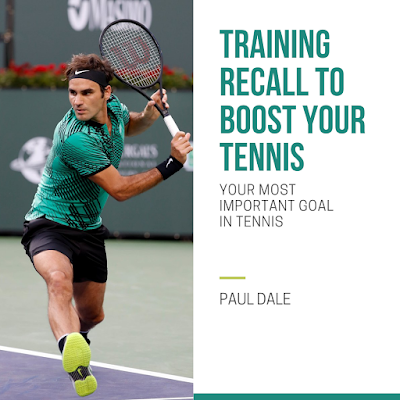COMMON COACHING PHRASES I USE ON-COURT

An important coaching tool I use every day is the repetitive use of phrases. T hese common phrases help the student and I stay on the “same page”. They can also be used to set the tone of the lesson in terms of intensity. Here are some common phrases I use and the meaning behind them ' COACH YOURSELF!' Every lesson has a purpose and often that purpose is introducing new techniques or patterns to the player. Once the new technique or pattern has been explained I’ll most likely go straight to live points and challenge the player to reproduce the lesson topic while under pressure. To do this successfully the player needs to recall the key parts of the new technique or pattern and what I tend to do often is gently nudge the player with “Coach Yourself”! I’m asking for self-awareness, self-discipline, and I higher degree of focus from the player when I say this. 'YOU’RE BETTER THAN THAT!' Rather than being a negative statement, I use this phrase to demo...






